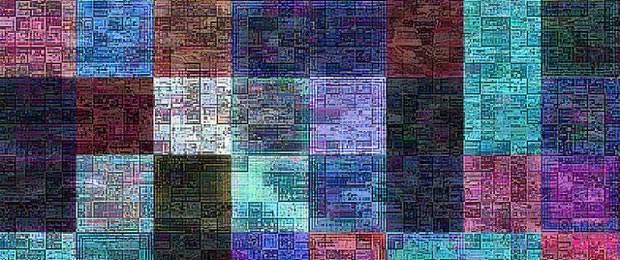- Neutral Nets on Encrypted Data (Paper a Day) — By using a technique known as homohorphic encryption, it’s possible to perform operations on encrypted data, producing an encrypted result, and then decrypt the result to give back the desired answer. By combining homohorphic encryption with a specially designed neural network that can operate within the constraints of the operations supported, the authors of CryptoNet are able to build an end-to-end system whereby a client can encrypt their data, send it to a cloud service that makes a prediction based on that data – all the while having no idea what the data means, or what the output prediction means – and return an encrypted prediction to the client, which can then decrypt it to recover the prediction. As well as making this possible, another significant challenge the authors had to overcome was making it practical, as homohorphic encryption can be expensive.
- VR for IoT Prototype (YouTube) — a VR prototype created for displaying sensor data and video streaming in real time from IoT sensors/camera devices designed for rail or the transportation industry.
- Is Group Chat Making You Sweat? (Jason Fried) — all excellent points. Our attention and focus are the scarce and precious resources of the 21st century.
- How Devices Provide Haptic Feedback — good intro to what’s happening in your hardware.
"sensor data" entries


Four short links: 8 March 2016
Neural Nets on Encrypted Data, IoT VR Prototype, Group Chat Considered Harmful, and Haptic Hardware

The Internet of Things has four big data problems
The IoT and big data are two sides of the same coin; building one without considering the other is a recipe for doom.
The Internet of Things (IoT) has a data problem. Well, four data problems. Walking the halls of CES in Las Vegas last week, it’s abundantly clear that the IoT is hot. Everyone is claiming to be the world’s smartest something. But that sprawl of devices, lacking context, with fragmented user groups, is a huge challenge for the burgeoning industry.
What the IoT needs is data. Big data and the IoT are two sides of the same coin. The IoT collects data from myriad sensors; that data is classified, organized, and used to make automated decisions; and the IoT, in turn, acts on it. It’s precisely this ever-accelerating feedback loop that makes the coin as a whole so compelling.
Nowhere are the IoT’s data problems more obvious than with that darling of the connected tomorrow known as the wearable. Read more…
